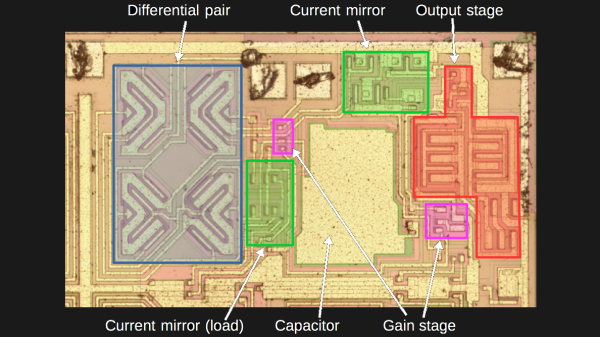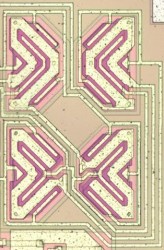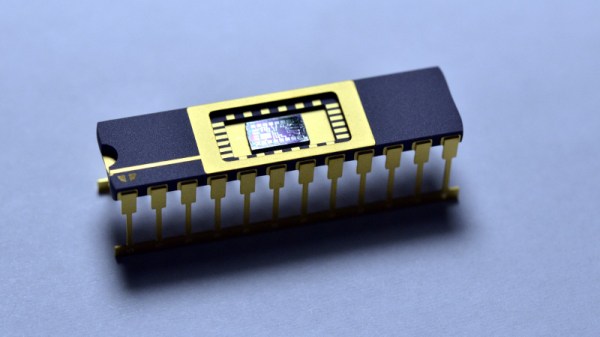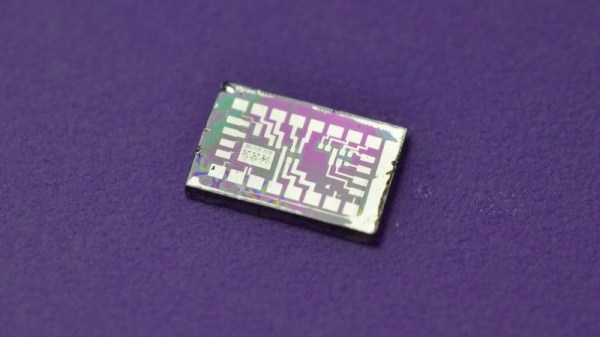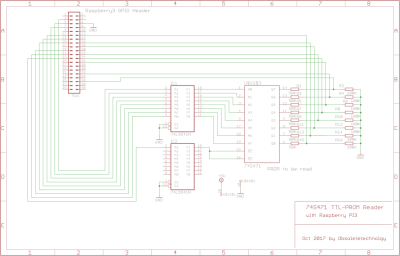Sixty years ago this month, an unassuming but gifted engineer sitting in a lonely lab at Texas Instruments penned a few lines in his notebook about his ideas for building complete circuits on a single slab of semiconductor. He had no way of knowing if his idea would even work; the idea that it would become one of the key technologies of the 20th century that would rapidly change everything about the world would have seemed like a fantasy to him.
We’ve covered the story of how the integrated circuit came to be, and the ensuing patent battle that would eventually award priority to someone else. But we’ve never taken a close look at the quiet man in the quiet lab who actually thought it up: Jack Kilby.
Continue reading “Profiles In Science: Jack Kilby And The Integrated Circuit”


